.png)
Refinancing your mortgage usually requires substantial upfront costs, including title insurance, appraisal fees, attorney costs, and origination charges. These administrative expenses typically range from 2% to 6% of your loan amount, translating to between $6,000 and $18,000 due at closing for a $300,000 mortgage. This financial barrier often prevents homeowners from pursuing beneficial refinancing opportunities.
The no closing cost refinance structure eliminates the need for upfront cash. This is accomplished by either rolling closing costs into your loan balance or accepting a higher interest rate in exchange for the lender covering the fees. While appealing, understanding the actual financial trade-offs is necessary before relying on the "no-cost" label.
How No Closing Cost Refinancing Actually Works
Despite its designation, this structure does not eliminate closing costs; rather, it alters when and how you pay them. Lenders primarily offer two structures, both impacting your total interest and monthly payments over the loan’s lifetime.
Option 1: Rolling Costs Into Your Loan Balance
Under this approach, your mortgage principal is increased to include the closing costs. For example, if closing costs are $7,500 on a $250,000 loan, the new principal balance becomes $257,500. You avoid paying the $7,500 upfront, but you must pay interest on that added $7,500 for the entire term of the loan.
Over 30 years at 6.5% interest, that additional $7,500 in principal results in roughly $17,100 in total interest charges. This converts the original one-time $7,500 expense into approximately $24,600 in total costs due to interest accumulation—more than triple the original closing costs. While the monthly payment increases modestly (perhaps $50–$75 depending on terms), the cumulative effect dramatically increases the total repayment amount compared to paying the costs upfront.
Option 2: Accepting Higher Interest Rates for Lender Credits
The alternative structure involves the lender providing credits to cover your closing costs. In exchange, you accept a higher interest rate, usually 0.25% to 0.50% above the standard rate you would have qualified for if paying costs upfront. This rate increase is applied to the full loan balance for the duration of the repayment term.
For a $250,000 refinance, accepting 6.75% instead of 6.5% to eliminate $7,500 in costs adds approximately $14,400 in total interest over 30 years and increases your monthly payment by about $40. Though this is generally less expensive than rolling costs into the principal, you still pay significantly more than the initial closing cost amount. The lender recovers their upfront credit through your elevated interest payments, often recouping costs within 3 to 5 years, while you continue paying the higher rate for the rest of the loan term.
When No-Closing-Cost Refinancing Makes Strategic Sense

Despite the higher long-term expenditure, no-closing-cost refinancing is advantageous under specific financial circumstances.
- Short-Term Ownership Plans: If you are certain you will sell your home or refinance again within 2 to 5 years, this option can result in net savings. By paying the elevated interest rate or higher principal for a limited period, you may pay less than the total upfront closing costs. For example, avoiding $9,000 in upfront costs might save $4,680 if you only pay $4,320 extra in higher rates over three years. The expense increases the longer you keep the loan.
- Cash Flow Constraints: This structure enables homeowners who lack sufficient savings for closing costs to access crucial refinancing benefits, such as debt consolidation, lower monthly payments, or eliminated Private Mortgage Insurance (PMI). It preserves emergency reserves and maintains financial flexibility for unexpected expenses, as the premium paid via higher rates effectively finances the closing costs over time.
- Strategic Cash Allocation: Even if funds are available, some homeowners choose to deploy cash toward high-return opportunities, such as business ventures or investments, rather than tying money up in mortgage closing costs. Accepting a 0.25% to 0.50% rate increase may be financially beneficial if you can earn 8% to 10% returns investing the funds.
- Faster Break-Even Timelines: Traditional refinancing requires a recovery period—the time needed for monthly savings to exceed the initial closing costs—before true net benefits are realized. No-closing-cost refinancing eliminates this recovery period, delivering net savings immediately, though the monthly reduction will be smaller than with traditional refinancing due to the larger principal or higher rates.
When Traditional Refinancing Delivers Better Value
No-closing-cost structures become increasingly expensive compared to traditional refinancing when the following scenarios apply:
- Long-Term Homeownership: Homeowners planning to stay in their properties for seven or more years almost always benefit financially from paying closing costs upfront. The compounded interest from higher rates or larger principals rapidly exceeds the original closing costs. Staying 15 to 20 years might result in paying $30,000–$50,000 extra via no-cost structures, versus $10,000–$15,000 in upfront costs—a poor exchange that significantly increases total homeownership costs.
- Substantial Available Savings: If you have adequate savings to cover closing costs without compromising emergency reserves or other financial priorities, paying upfront is generally more economical over a multi-year horizon.
- Already Favorable Refinancing Terms: When a refinance offers a substantial rate reduction (e.g., from 8% to 6%), accepting 6.5% through a no-cost structure means sacrificing meaningful rate improvements, potentially undermining the primary value of the refinance.
Hidden Considerations and Potential Drawbacks
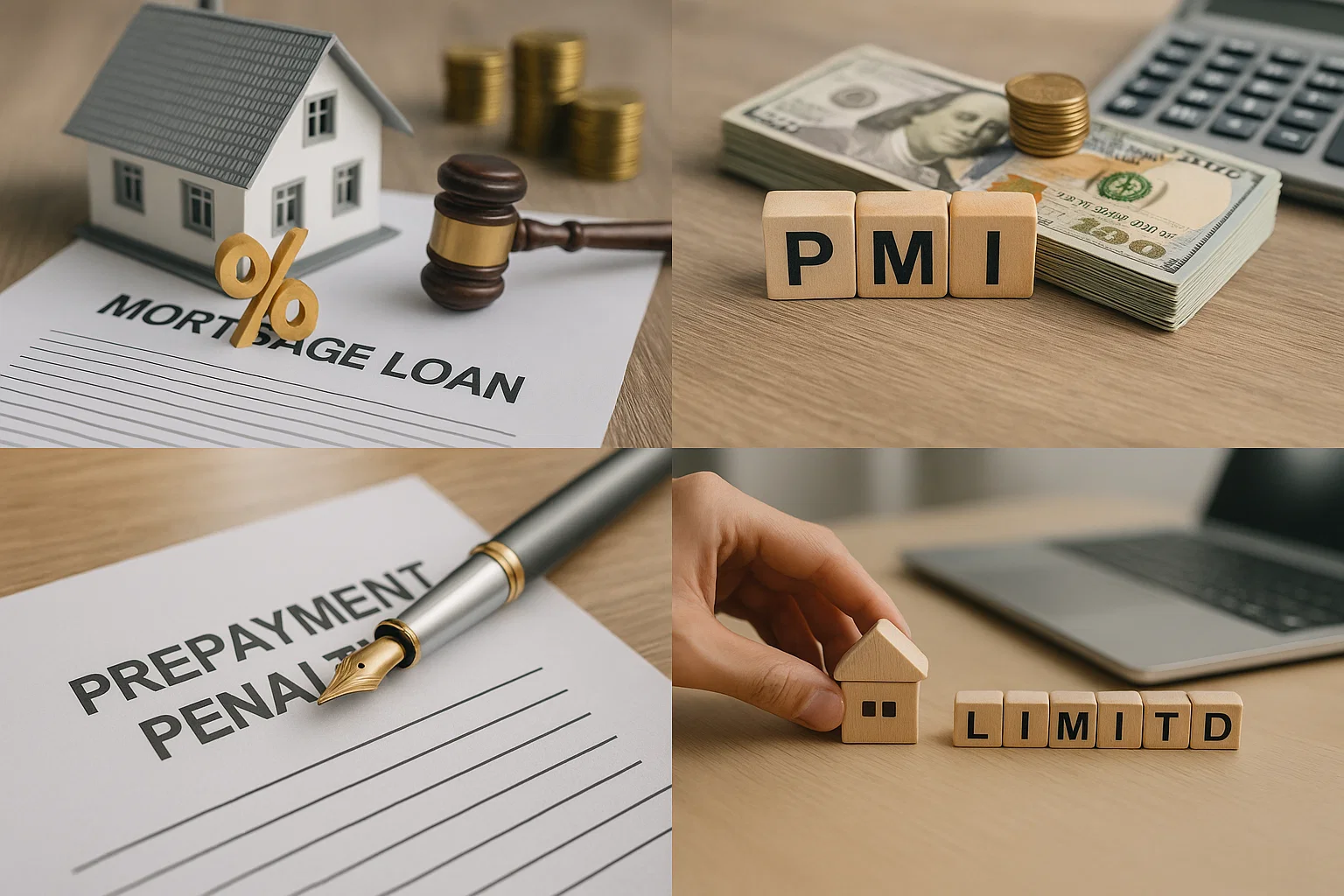
Several implications exist beyond the obvious cost differences associated with no-closing-cost refinancing:
- Loan-to-Value Ratio Impacts: When closing costs are rolled into the loan, the LTV ratio increases. For a home with an LTV near 80% (e.g., $310,000 loan on a $400,000 home, or 77.5% LTV), adding $12,000 in closing costs increases the loan to $322,000 (80.5% LTV), potentially requiring Private Mortgage Insurance (PMI). PMI is an additional monthly expense that further erodes refinancing benefits.
- Prepayment Penalties: To ensure the lender recovers their costs through elevated interest charges, some lenders impose prepayment penalties on no-closing-cost refinances to discourage early payoff. These penalties, which can be 2% to 5% of the remaining balance, can restrict future refinancing flexibility or trap borrowers in expensive loans.
- Limited Availability: Not all lenders offer genuine no-closing-cost options, and availability may be restricted based on property types, credit scores, or loan amounts. Shopping across multiple lenders is essential to find competitive offerings.
Making Your Decision: Evaluation Framework
To determine if no-closing-cost refinancing is in your best interest, you should honestly assess several factors:
- Calculate Your Timeline: Be realistic and conservative about how long you plan to own your home, as people often overestimate mobility.
- Compare Complete Costs: Obtain loan estimates for both traditional and no-cost refinancing that detail the total interest paid over various time horizons (including 5, 10, 15, 20, and 30 years) to determine the break-even point.
- Assess Cash Position: Determine if you can comfortably pay closing costs without depleting emergency savings or sacrificing higher-priority financial goals, and evaluate the strategic value of preserving cash.
- Evaluate Alternatives: Consider whether delaying refinancing for a few months to accumulate closing cost funds could save thousands in long-term interest while still securing rate reductions.
- Review Complete Terms: Scrutinize whether the no-cost option includes restrictions, higher fees, or prepayment penalties that could limit future flexibility.
- Consider Partial Solutions: Explore hybrid options where lenders cover parts of the closing costs in exchange for modest rate increases, potentially optimizing the cost-benefit trade-off.
Conclusion: No-Cost Means Different Cost, Not Free
No-closing-cost refinancing is a valid financial tool that supports specific priorities, particularly cash flow constraints, strategic cash allocation, or short-term homeownership. However, the label "no-cost" is misleading. You are not avoiding closing costs; rather, you are financing them through higher interest rates or larger loan balances, which increases the total amount repaid.
For the majority of long-term homeowners with adequate savings, traditional refinancing (paying costs upfront) offers substantially lower total costs, despite requiring immediate cash. The break-even period, usually 2 to 4 years, aligns well with typical homeownership durations, after which paying costs upfront proves superior to no-cost structures.
When making your decision, calculate the complete costs over realistic timelines and compare them against traditional alternatives to ensure the immediate cash flow benefits justify the long-term expense increases. Relying on comprehensive analysis rather than surface appeal ensures the refinancing decision is a strategic move aligned with your broader financial goals and homeownership timeline.













Get in touch with a loan officer
Our dedicated loan officers are here to guide you through every step of the home buying process, ensuring you find the perfect mortgage solution tailored to your needs.
Options
Exercising Options
Selling
Quarterly estimates
Loans
New home

随时了解有见地的文章和指南。
每周一,你将获得一篇文章或指南,这将帮助你在工作和个人生活中更具活力、更专注和更有成效。


.png)
.png)
.png)
.png)
.png)
.png)
.png)
.png)
.png)
.png)
.png)
.png)
.png)
.png)
.png)
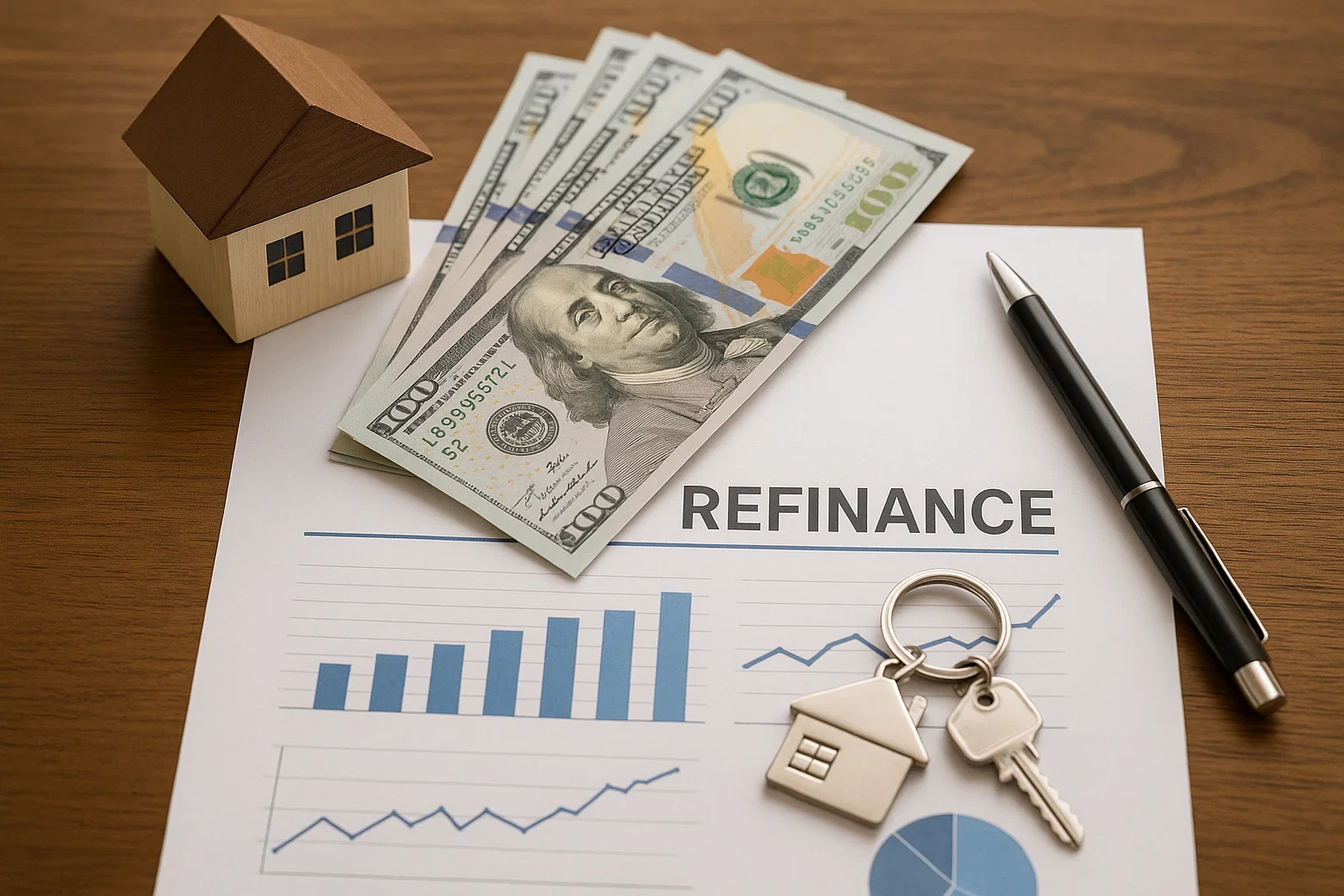
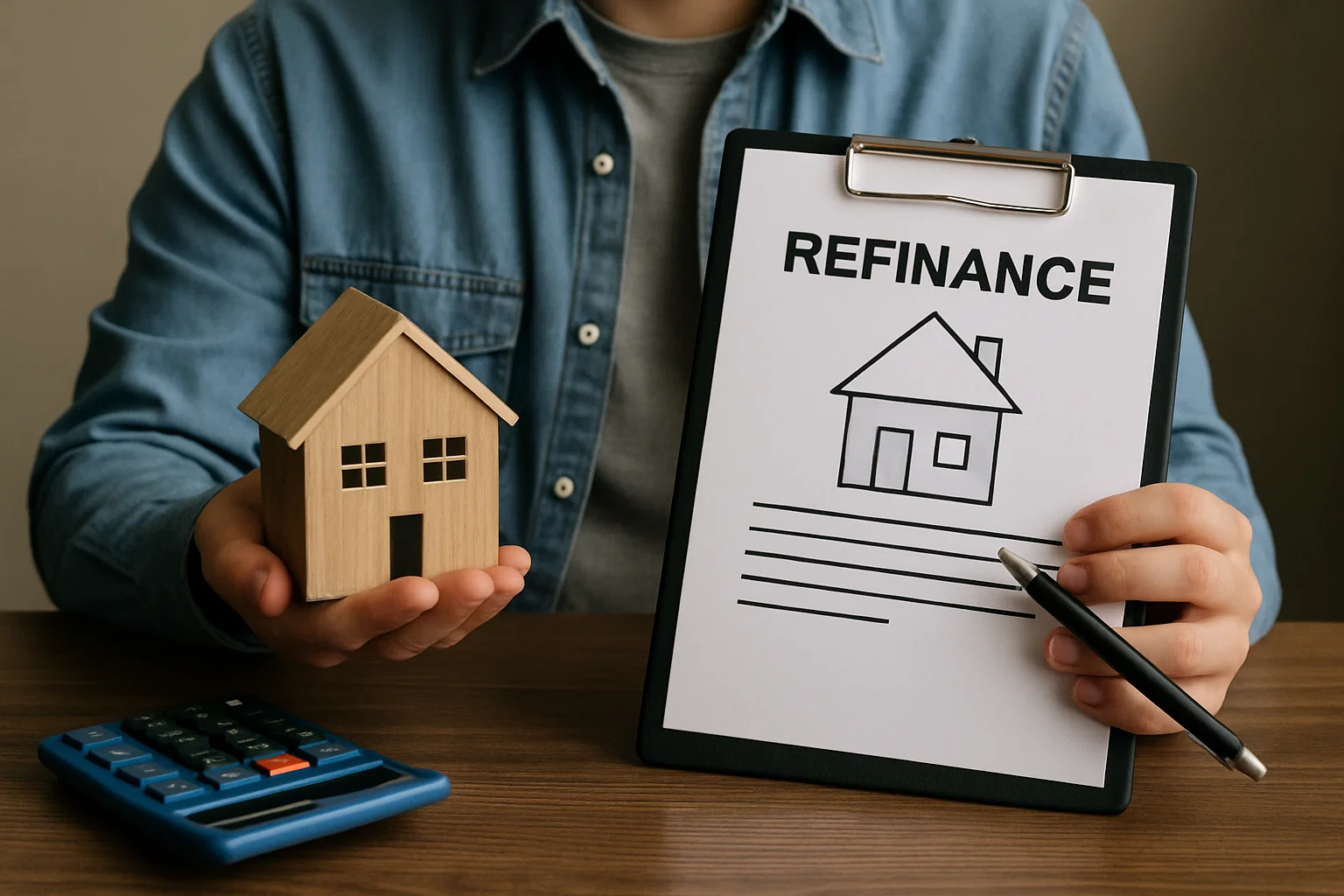
.png)
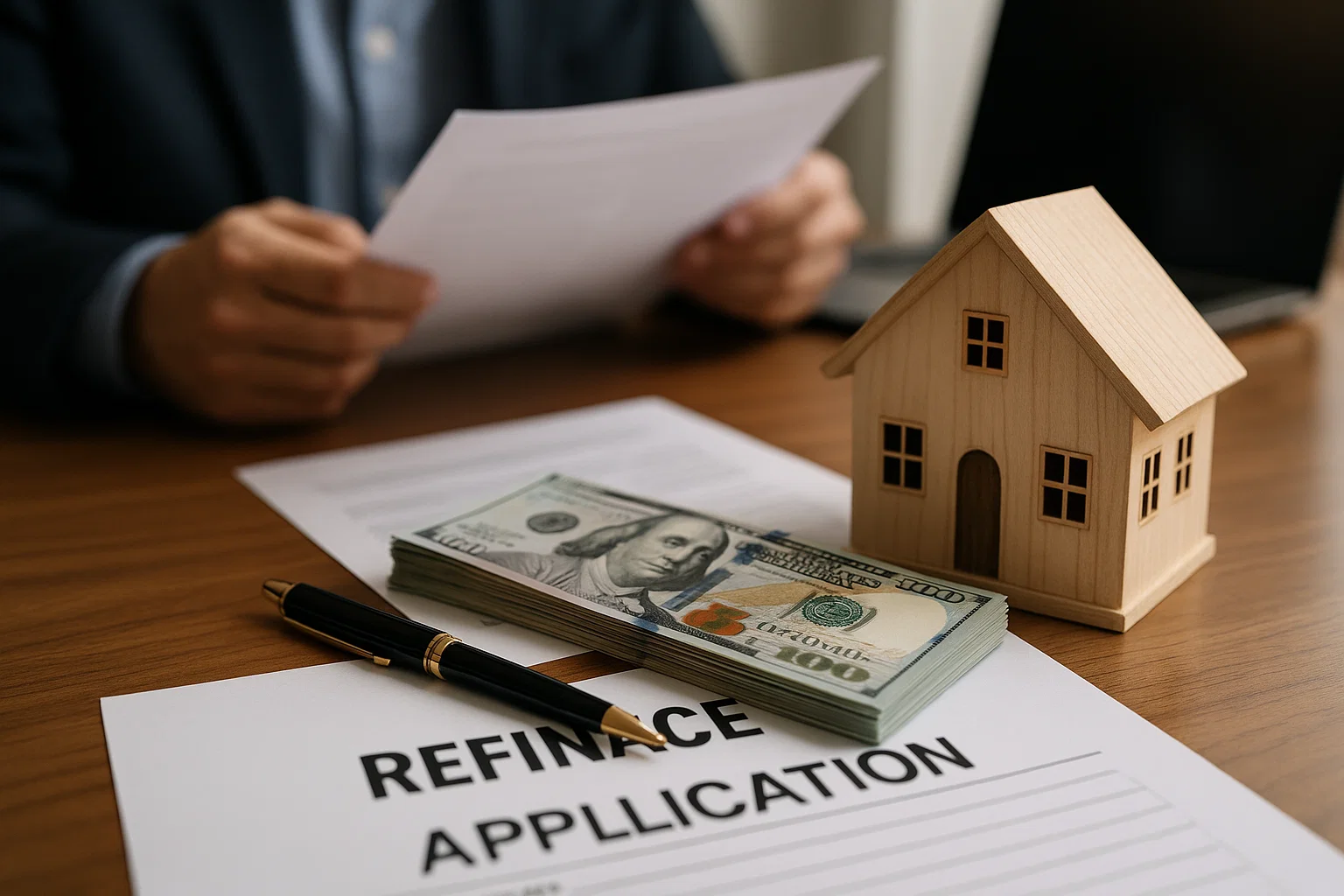
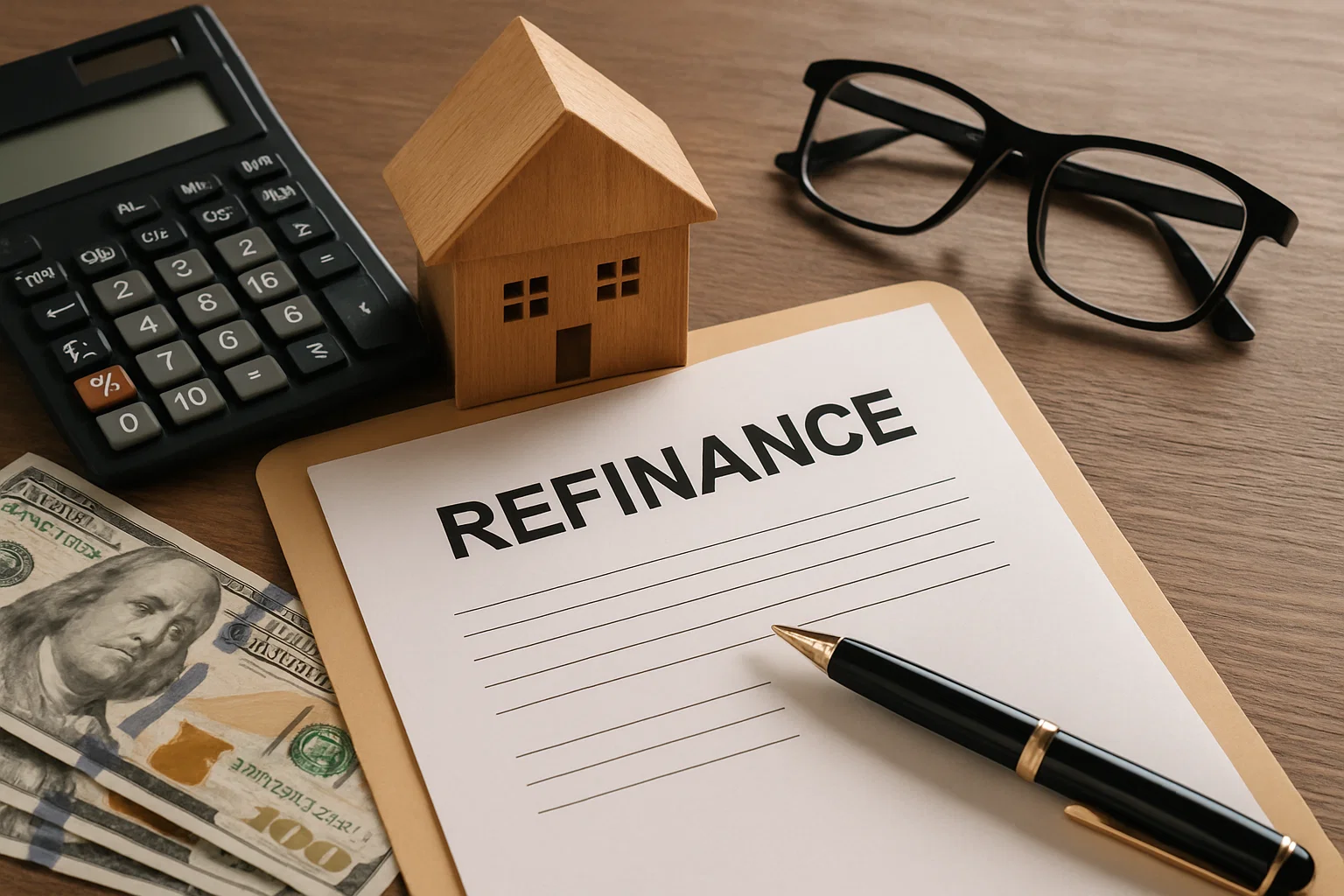
.png)
.png)
.png)
.png)
.png)